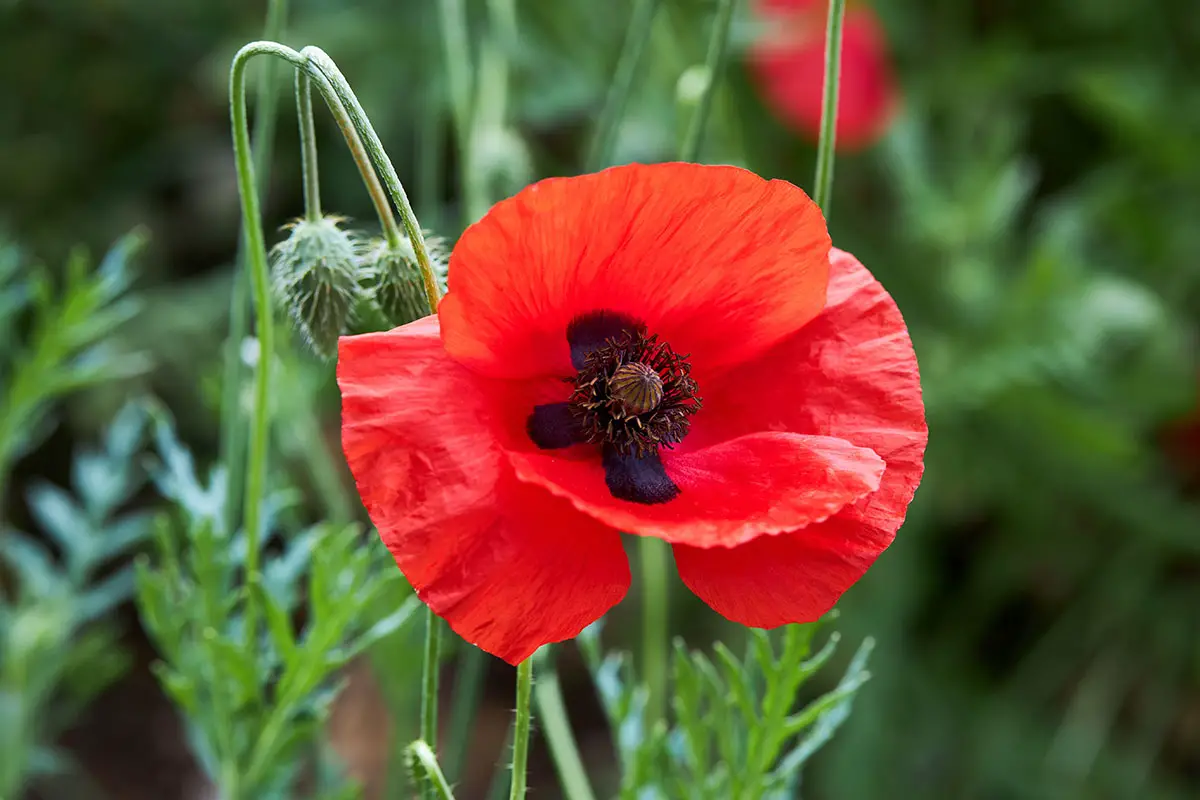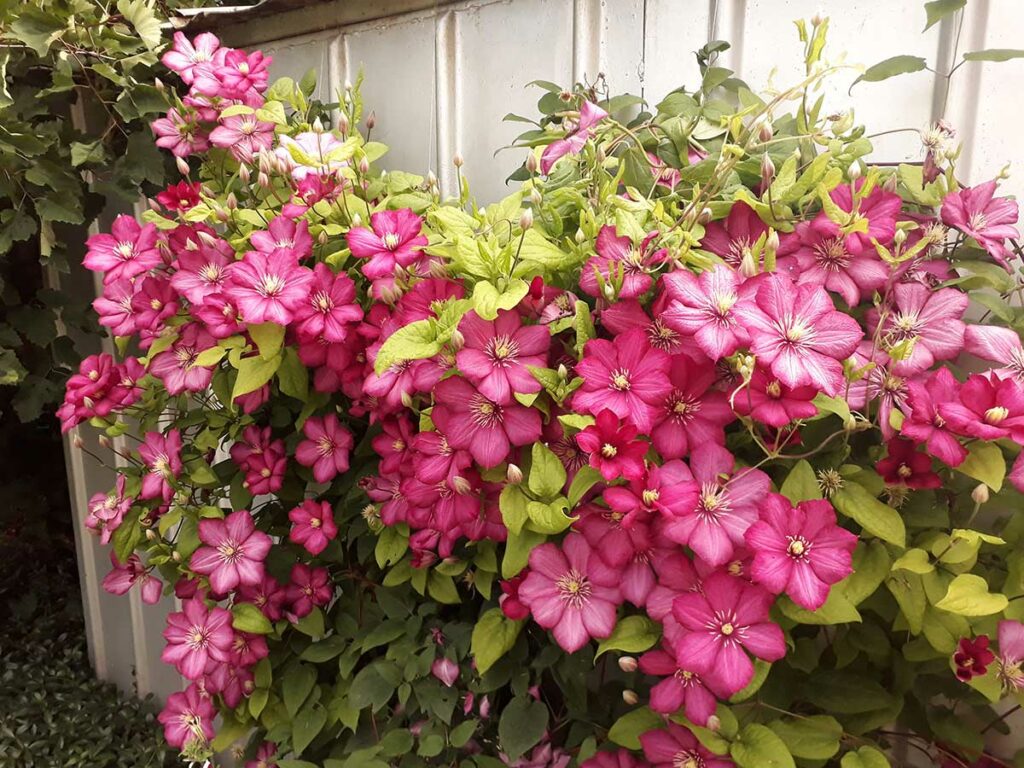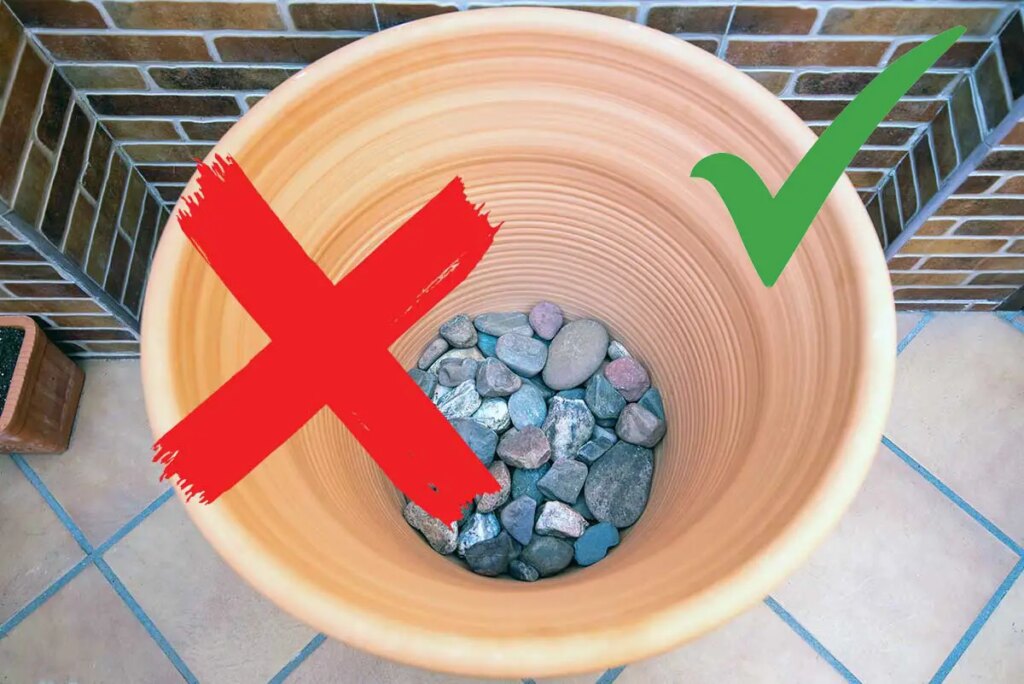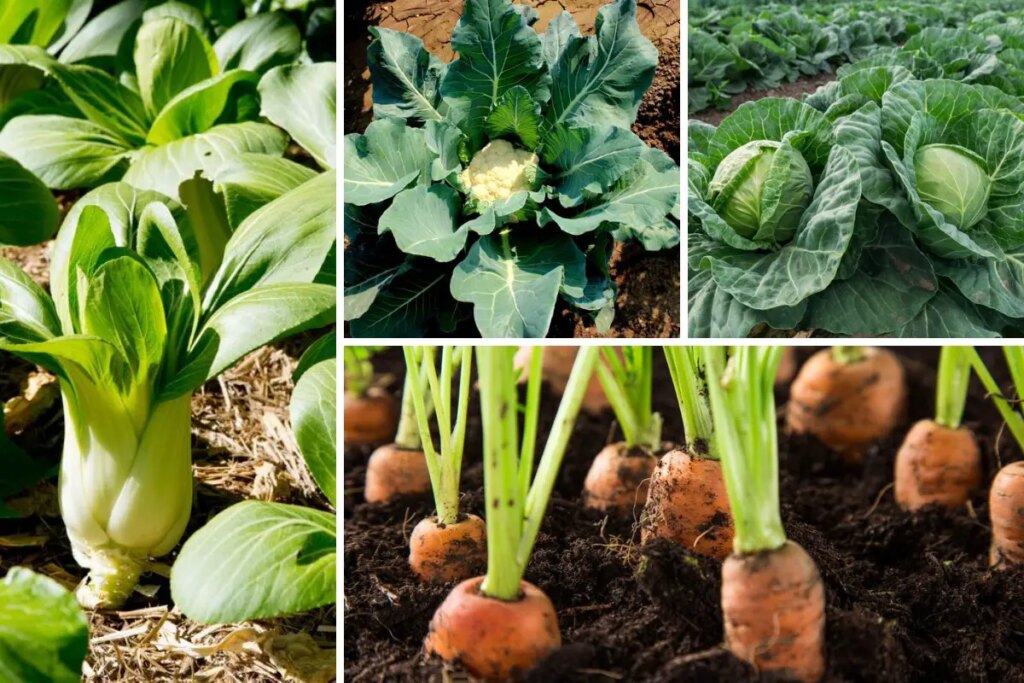
Phlox plants are a popular choice among gardeners for their vibrant colors and sweet fragrance. They are versatile, easy to grow, and can enhance the overall appearance of your garden.
To make sure your phlox flourish and produce a beautiful display, it’s important to provide them with the right nutrients.
Fertilizing phlox plants not only improves their overall health but also boosts their blooming process.
Selecting the appropriate fertilizer and applying it at the right time can greatly impact the growth and development of your phlox. There are several forms of fertilizer available, including granular, liquid, and slow-release types.
Knowing which one to use and the proper amount to apply can make all the difference in your gardening success.
In this article, we will share some essential tips for fertilizing phlox plants. We will guide you through the process of choosing the correct fertilizer, the ideal time to apply it, and the proper application techniques.
With these tips in mind, you can ensure your phlox plants thrive and bring beauty to your garden for years to come.
Types of Phlox and Their Fertilizer Needs
Phlox is a popular and versatile plant with a variety of species to choose from. In this section, we’ll discuss the two most common types of Phlox—Perennial Phlox and Creeping Phlox—and their specific fertilizer needs.
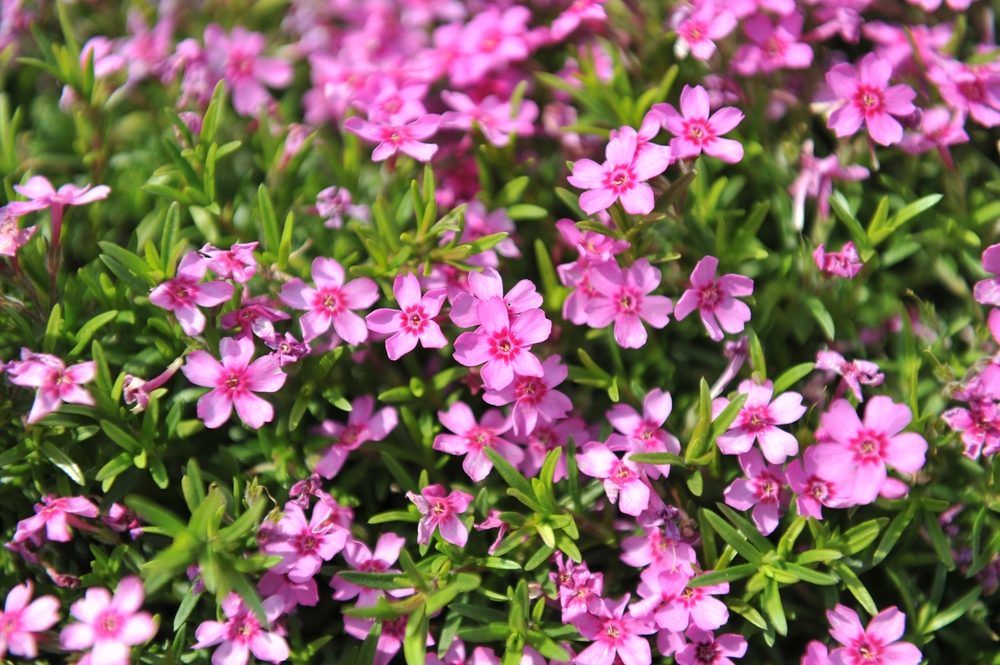
Perennial Phlox
Perennial Phlox, also known as Phlox paniculata, is a tall, fragrant plant with large, colorful flowers. These plants thrive in rich, well-draining soil and do well with regular fertilization.
To meet their needs, you can apply a balanced, slow-release granular fertilizer in the spring and then supplement with a liquid fertilizer every 4 to 6 weeks throughout the growing season. A suitable formula would be 10-10-10 or 14-14-14.
Here are the steps for fertilizing Perennial Phlox:
- Spring application: Apply granular fertilizer around the base of the plant, about 2 inches away from the stem, when the plant starts to grow
- Summer supplement: Use a diluted liquid fertilizer around the base of the plant to provide extra nutrients throughout the summer months
Creeping Phlox
Creeping Phlox, or Phlox subulata, is a low-growing, ground-cover plant with delicate, star-shaped flowers. This type of phlox can handle poorer soil conditions, but still benefits from some fertilizer support.
To keep your Creeping Phlox looking its best, use a balanced, slow-release granular fertilizer in the spring. You can choose a formula like 10-10-10 or 14-14-14. There’s typically no need for additional liquid fertilizer during the growing season.
Here are the steps for fertilizing Creeping Phlox:
- Spring application: Apply granular fertilizer to the soil around the plant as growth begins
- Optional supplement: If your Creeping Phlox is in poor soil, you may want to provide a liquid fertilizer every 4 to 6 weeks during the growing season, but this is not necessary for healthy plants growing in quality soil.
Remember to always follow the manufacturer’s recommendations for fertilizer application rates and timings. Proper fertilization will keep your Phlox plants looking vibrant and help them produce a stunning show of flowers throughout the season.
Timing of Fertilization
Phlox plants will benefit from proper fertilization, and the timing for this can be crucial. Generally, it’s a good idea to fertilize phlox twice a year, once in the early spring and once after the plants have finished blooming in the summer.
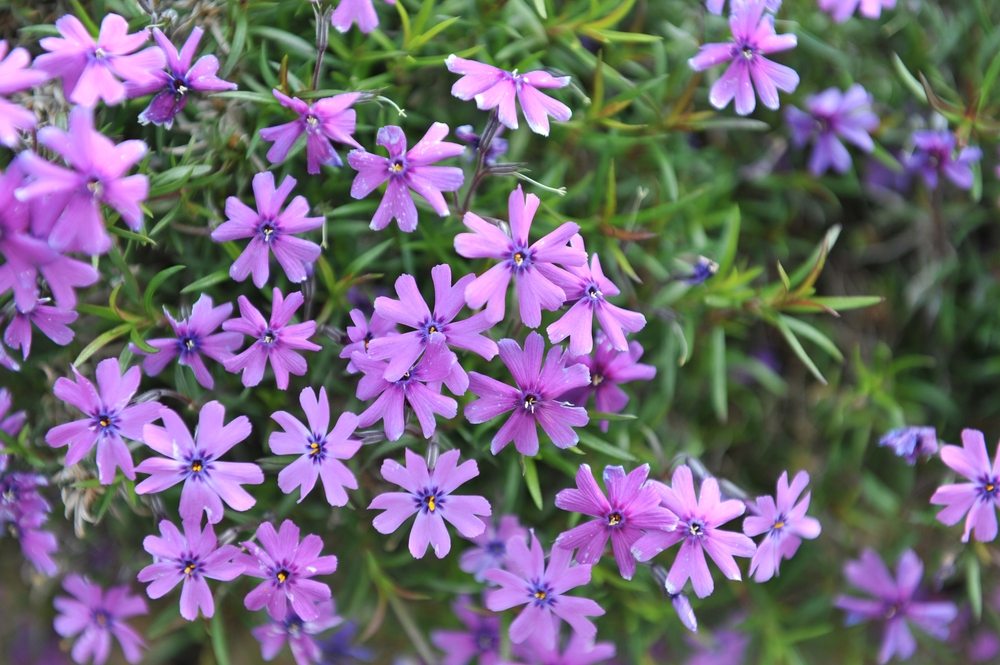
In early spring, you should apply a balanced fertilizer with a ratio of 10-10-10 (nitrogen, phosphorus, potassium). This will encourage healthy growth, while supplying the plant with the necessary nutrients for root development and sturdy stalks.
After the phlox has finished blooming, usually in late summer, you can apply another round of fertilizer. At this time, choose a fertilizer with a higher phosphorus content, such as a 5-10-5 ratio. This will promote new root growth and help the plant store energy for next year’s blooms.
Keep in mind that over-fertilizing can be harmful to your plants, so be sure to follow the manufacturer’s recommendations on the fertilizer packaging. Additionally, watering your phlox thoroughly after applying fertilizer is essential to help dilute and distribute the nutrients evenly throughout the soil.
By adhering to these friendly tips for fertilizing phlox, you’ll be well on your way to maintaining beautiful, healthy plants that will grace your garden with their vibrant colors and sweet fragrance. Happy gardening!
Best Fertilizers for Phlox
To keep your phlox looking its best, it’s important to give them the proper nutrients. In this section, we’ll discuss the best fertilizers for phlox, along with some helpful tips on how to apply them.
The first and most important fertilizer for phlox is organic compost. Compost not only provides essential nutrients like nitrogen, phosphorus, and potassium, but also improves soil texture and moisture retention. Simply add a couple of inches of compost around the base of your phlox plants each spring or fall, and lightly mix it into the top layer of soil.
Another great option is to use a balanced granular fertilizer with an equal ratio of nitrogen (N), phosphorus (P), and potassium (K) – such as 10-10-10 or 14-14-14. This type of fertilizer has the added advantage of slow-release action, which ensures that your phlox receive a steady supply of nutrients throughout the growing season. Apply the granular fertilizer according to package instructions, typically once in early spring and once again in mid-summer.
For faster results, you can also use a liquid fertilizer which is high in phosphorus, like a 15-30-15 or 10-52-10 formula. Phosphorus is crucial for promoting strong root growth and vibrant blooms in phlox plants. Apply liquid fertilizer every 4-6 weeks during the growing season, starting in early spring and stopping at the end of summer.
To support the overall health of your phlox plants, consider adding micronutrients and beneficial bacteria in the form of a root or soil treatment. Micronutrients such as iron, magnesium, and manganese, as well as beneficial soil bacteria, help to promote robust growth and increased resistance to pests and diseases. Apply these treatments according to manufacturer instructions, often as a soil drench or foliar spray.
Remember, when fertilizing phlox, it’s important not to overdo it. Excessive fertilization can lead to too much foliage growth at the expense of flowering, or even encourage disease issues. It’s always best to follow the specific recommendations on your chosen fertilizer product, and to monitor the health and growth of your phlox plants throughout the season, making adjustments as needed.
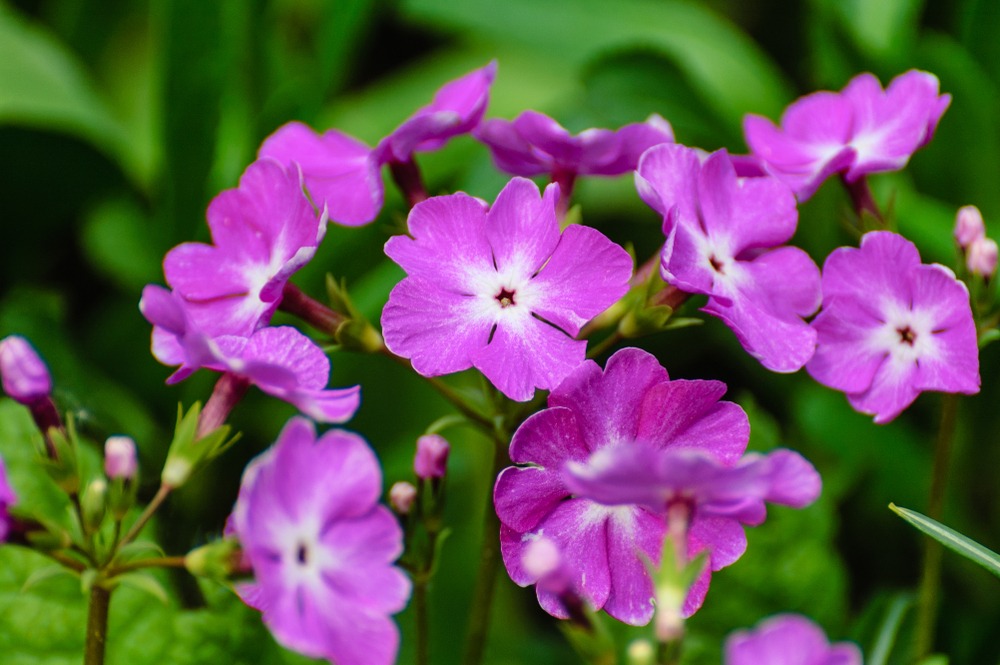
Fertilizing Techniques
Fertilizing phlox is important for their healthy growth and vibrant blooms. Here are some friendly tips to help you with the process.
- Type of fertilizer: A balanced fertilizer, like a 10-10-10 mix, is ideal for phlox. Slow-release granular fertilizers are excellent choices as they provide nutrients over a longer period. Alternatively, you can also use an organic fertilizer like compost or well-rotted manure.
- Frequency: Fertilize your phlox plants in the early spring when new growth starts to appear. You can also give them another feeding midway through the growing season. Avoid over-fertilizing; it can lead to excessive foliage growth and fewer flowers.
- Watering: It’s essential to water your phlox plants well before and after applying fertilizer. This helps the nutrients to reach the plant’s roots effectively while preventing root burn. Maintain a consistent watering schedule to ensure your plants stay healthy and happy.
- Application: When using a granular fertilizer, sprinkle the granules evenly around the base of the plant, keeping them a few inches away from the stem to avoid burning the plant. Rake the granules gently into the top layer of soil, and then water the area thoroughly. If you’re using a liquid fertilizer, follow the package instructions for dilution and application methods.
Remember, it’s essential to fertilize your phlox plants with care and attention to help them thrive and produce beautiful blooms. By following these friendly techniques, your garden will be full of vibrant and healthy phlox flowers in no time. Happy gardening!
Organic Fertilizers for Phlox
Phlox plants thrive when provided with proper nutrition, and using organic fertilizers can help maintain a healthy, eco-friendly garden. Here are a few organic options suitable for fertilizing phlox plants.
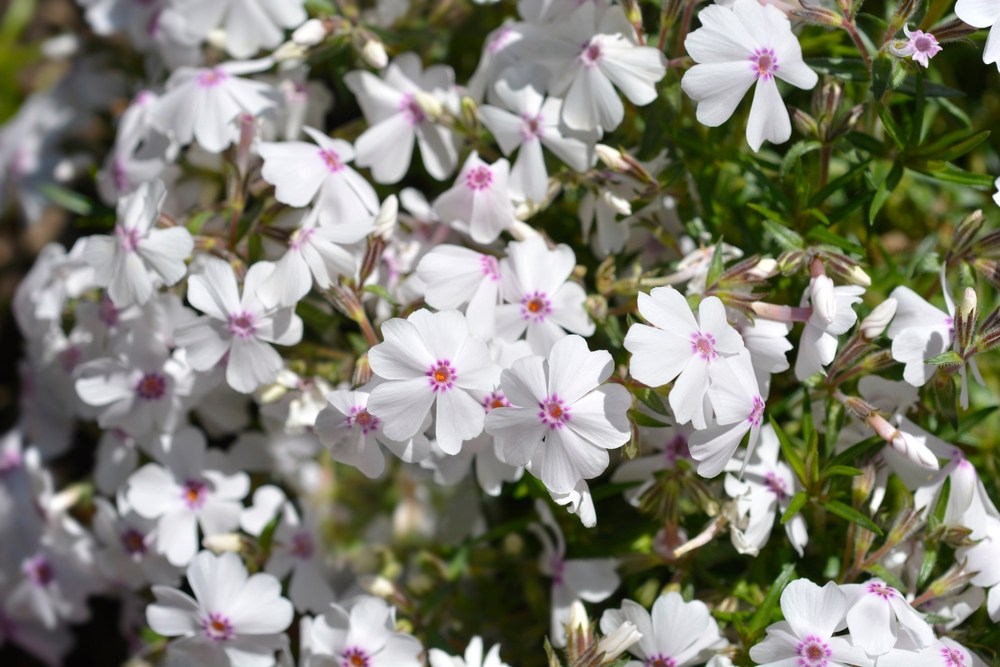
Compost: A classic choice, compost is packed with nutrients that nourish phlox. Applying two to three inches of compost around the base of the plant can provide essential nutrients and improve soil structure. Create your compost pile by combining kitchen scraps, leaves, and grass clippings. Turn the pile occasionally to speed up the decomposition process.
Manure: Well-rotted animal manure can be an excellent option for fertilizing phlox. It’s rich in nitrogen, which supports lush, green growth. It’s important to use well-composted manure to avoid introducing harmful pathogens or burning the plants. Apply a thin layer (about one inch) around the plants, taking care not to let it touch the plant stems.
Worm castings: A fantastic source of organic nutrients for phlox plants, worm castings are easy to incorporate into your garden. Simply add a handful of worm castings to the soil around your phlox and gently mix it in. Besides supplying the plants with valuable nutrients, worm castings can also help improve soil structure and water retention.
Organic granular fertilizers: If you prefer an all-in-one solution, there are many organic granular fertilizers available on the market designed to provide balanced nutrition for flowers like phlox. These typically contain a mix of nutrient sources, such as bone meal, fish meal, and kelp. Follow the manufacturer’s instructions when applying to your phlox plants.
Remember to follow organic gardening practices by avoiding chemical pesticides and herbicides that could harm beneficial insects and microorganisms essential to maintaining healthy soil. A well-fertilized phlox garden will reward you with vibrant, fragrant blooms throughout the growing season.
Monitoring Phlox Health
Phlox plants are lovely additions to any garden, but to ensure they flourish, it’s important to monitor their health regularly. Friendly reminder: healthy plants not only look beautiful, they are also better equipped to fight off diseases and pests!
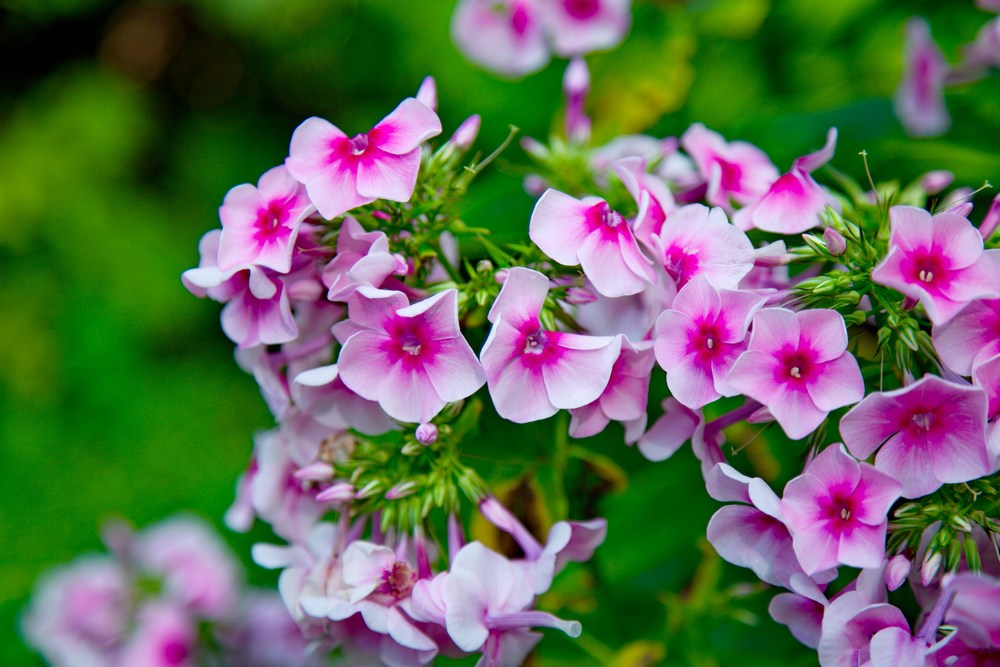
The first thing to pay attention to is the appearance of the leaves. Healthy phlox leaves should be a vibrant green color without any yellowing or brown spots. If you notice any discoloration, it’s time to take action! Yellowing could be a sign of under-watering, while brown spots may indicate a fungal infection. In either case, adjust your care routine accordingly.
Watering: Phlox love slightly moist soil, so be sure to give them enough water – but not too much! Overwatering may cause root rot, which can lead to an unhealthy plant. It is generally best to water your phlox early in the morning, so the foliage has time to dry during the day. If you’re unsure about the moisture content of your soil, consider using a moisture meter to help guide your watering schedule.
In addition to watering, it’s crucial to keep an eye on the blooms. Healthy phlox should produce vibrant, full flowers during the blooming season. If you notice any wilting or failure to bloom, it may be due to insufficient nutrients in the soil.
Fertilizing: To ensure your phlox gets the nutrients it needs, apply a slow-release fertilizer in the spring, just before new growth begins. Following the instructions on the fertilizer label is key to avoiding over-fertilization, which can harm your plants. You can also use compost or organic matter to improve the nutrient content of your soil.
Additionally, check for any signs of pests or diseases, such as powdery mildew, spider mites, or thrips. If you spot any of these unwelcome visitors, take prompt action to eliminate them! This may involve using a fungicide or insecticide, or simply removing affected leaves to limit the spread.
Regular monitoring of your phlox health, combined with proper care techniques, will help ensure these lovely flowering plants continue to grace your garden with their beauty!
Common Fertilizing Mistakes
Over-fertilizing: One common mistake when fertilizing Phlox is applying too much fertilizer. This can lead to a buildup of salts in the soil, which can damage the plant roots and prevent proper water absorption. To avoid over-fertilizing, always follow the recommended application rates and timing provided on the fertilizer package.
Improper timing: Another mistake is fertilizing at the wrong time. Phlox typically benefits from fertilizing in early spring and again in early summer, just before blooming. Fertilizing at the incorrect time may result in poor growth or increased susceptibility to disease.
Using the wrong type of fertilizer: Selecting the correct fertilizer for your Phlox is essential. Choose a balanced, slow-release fertilizer, such as a 10-10-10 or 14-14-14 formula. Avoid using high-nitrogen fertilizers, as they may promote excessive foliage growth at the expense of blooming.
- Over-watering after fertilization: Phlox requires well-draining soil to thrive. Excessive watering after applying fertilizer can wash away the nutrients and leave the plants with an insufficient supply. Keep soil consistently moist, but not overly saturated.
To achieve the best possible results when fertilizing your Phlox, it’s crucial to avoid these common mistakes. By providing the right amount of nutrients, at the appropriate times, and using the correct fertilizer type, you’ll be well on your way to enjoying the vibrant colors and beautiful blooms that Phlox has to offer.

